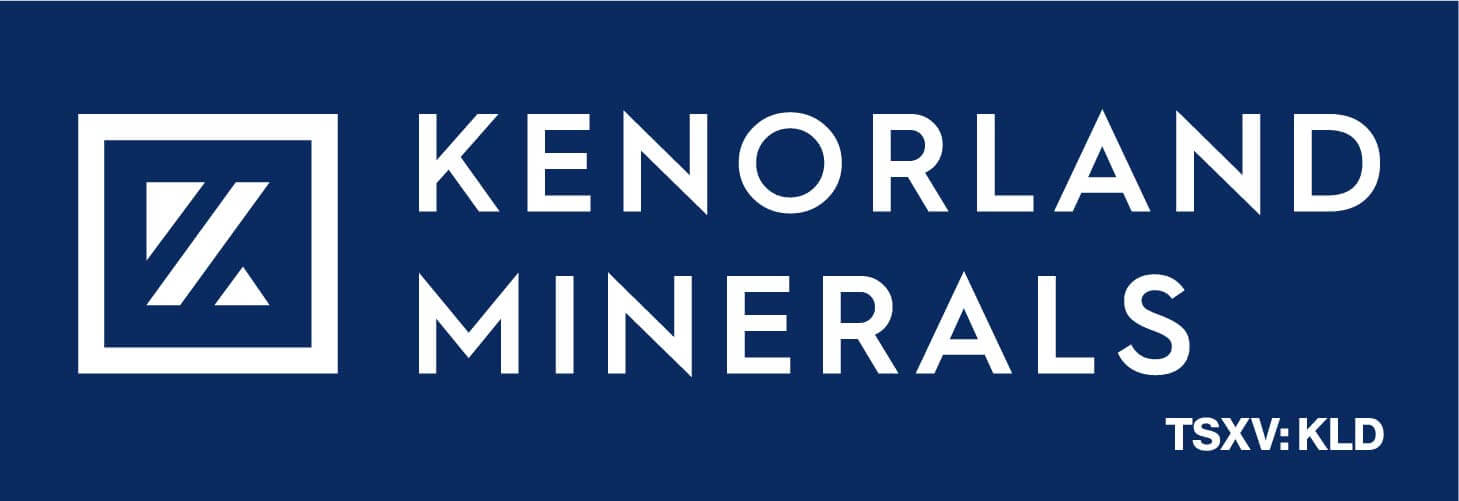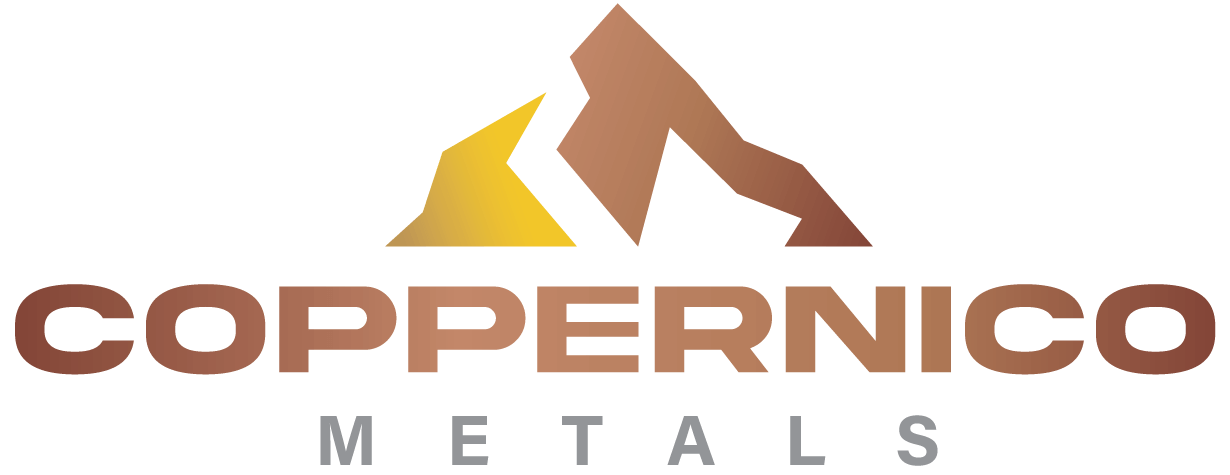Realta Fusion Models Commercially Viable Energy Gain in Magnetic Mirror Power Plant
New research by Realta Fusion’s computational physics team predicts high energy gain and paves the way to solving plasma instabilities long associated with magnetic mirrors
MADISON, Wis., Aug. 7, 2025 /PRNewswire/ — Fusion energy startup Realta Fusion today announced the publication of two papers in the Journal of Plasma Physics that dramatically advance the scientific basis for the magnetic mirror approach to achieving commercially viable fusion energy.
These two papers detail recent breakthroughs by Realta Fusion’s computational physics team, which has developed a first-of-a-kind software toolkit to predict plasma confinement performance within a magnetic mirror system and further enable the development of compact, scalable, modular – CoSMo fusion™ – energy systems.
Modeling Major Energy Gain Breakthrough
The first paper, authored by Realta Fusion’s computational physics team leader Dr. Sam Frank, uses this toolkit to demonstrate that a tandem magnetic mirror system with a 50-meter-long center cell can achieve a commercially viable energy gain of Q>5. The model supports a substantially higher energy gain of Q>10 or more with a longer center cell. The plasma confinement performance modeled by Realta Fusion puts the tandem magnetic mirror on par with modeling of more conventional magnetic confinement schemes such as tokamaks and stellarators in terms of power density and theoretical energy gain, reinforcing a long-held opinion of many of the world’s leading plasma physicists that the magnetic mirror could be the most commercially relevant approach to fusion.
“Our model proves there’s a there there when it comes to CoSMo fusion™ energy systems based on the tandem mirror,” said Frank.
“Sufficient confinement is critical for reaching high gain operation needed for a power plant,” added Realta Fusion VP of R&D Dr. Derek Sutherland. “The model shows it is physically tenable with an axisymmetric tandem mirror.”
Tackling Plasma Instability Head On
The second paper, authored by Realta Fusion’s University of Wisconsin-Madison collaborator Aaron Tran, shows that this same predictive toolkit can identify and manage specific plasma instabilities that have cast some doubt over the validity of the magnetic mirror concept. Known as drift-cyclotron loss-cone (DCLC) instability, this phenomenon has been difficult to model historically, but Realta Fusion’s new software toolkit represents the first viable approach to modeling and simulating DCLC instability so that a robust engineering solution can be designed to mitigate the problem.
“The tools to do this didn’t exist, so we built them ourselves,” noted Frank. “This helps us better understand specific issues like plasma instability. We have to understand instabilities so we can chase them down and stop them in their tracks. We cannot be afraid of them, ignore them, and hope that they go away.”
Next Steps for the Magnetic Mirror
This research – the culmination of many months of work between Realta Fusion and their university partners – will help form the basis for a paper detailing the full pre-conceptual design of the commercial-scale pilot device they call Hammir, which they expect to publish in 2026.
“This work represents a significant advancement towards the pre-conceptual design of our fusion pilot plant,” said Sutherland. “We are currently building on this work to optimize our modeled design points to even higher energy gains. These computational tools we’re developing are being validated against our experimental data, which gives us confidence in using them to design our next-stage devices. Our tools are being grounded in reality, as they should be.”
External Support for Realta Fusion
Realta Fusion’s research is supported through a collaboration with Amazon Web Services (AWS), which provides cloud computing credits to power the modeling and simulation work detailed in these publications. Realta Fusion was selected by AWS to join the first cohort of the Compute for Climate Fellowship, a global R&D program that empowers startups to build innovative climate solutions and deliver real results.
“AWS helped Realta Fusion build a supercomputer in the cloud to model the physics of the magnetic mirror,” said Lisbeth Kaufman, Head of Climate Tech Startups at AWS. “The goal here is to provide the computational resources needed to get Realta to commercially viable fusion faster than we ever thought possible, and these results gives us even more confidence that they’re on track to do exactly that.”
Achievement of these results marks a significant milestone for Realta Fusion, who were among eight companies selected to receive federal funding from the U.S. Department of Energy’s flagship Milestone-Based Fusion Development Program in 2023. The DOE Milestones program rewards private fusion companies for hitting ambitious technical and commercialization targets along their development pathways.
About Realta Fusion
Realta Fusion spun out of a large fusion experiment at the University of Wisconsin-Madison funded by the U.S. Department of Energy’s Advanced Research Projects Agency – Energy. The experiment was the first to use high temperature superconducting magnets in a magnetic mirror configuration and confined its first plasma at a world-record breaking magnetic field strength of 17 Tesla. Realta Fusion recently announced a $36 million Series A funding round led by new investor Future Ventures, with further support from existing investor Khosla Ventures, who led Realta Fusion’s seed round in 2023.
![]() View original content to download multimedia:https://www.prnewswire.com/news-releases/realta-fusion-models-commercially-viable-energy-gain-in-magnetic-mirror-power-plant-302523527.html
View original content to download multimedia:https://www.prnewswire.com/news-releases/realta-fusion-models-commercially-viable-energy-gain-in-magnetic-mirror-power-plant-302523527.html
SOURCE Realta Fusion Inc








